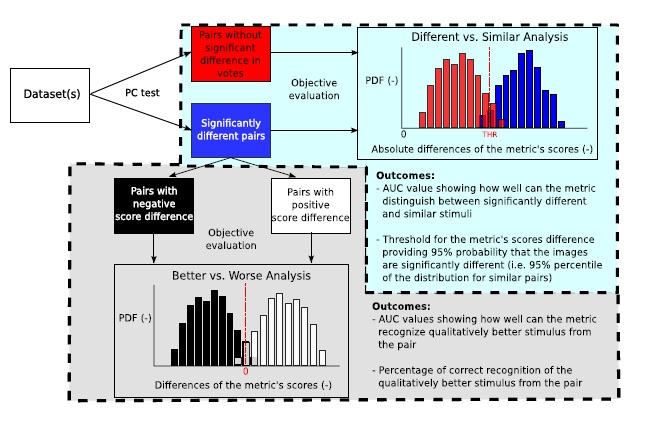- ALL COMPUTER, ELECTRONICS AND MECHANICAL COURSES AVAILABLE…. PROJECT GUIDANCE SINCE 2004. FOR FURTHER DETAILS CALL 9443117328


Projects > ELECTRONICS > 2017 > IEEE > DIGITAL IMAGE PROCESSING
Most of the effort in image quality assessment (QA) has been so far dedicated to the degradation of the image. However, there are also many algorithms in the image processing chain that can enhance the quality of an input image. These include procedures for contrast enhancement, deblurring, sharpening, up-sampling, denoising, transfer function compensation, etc. In this work, possible strategies for the quality assessment of sharpened images are investigated. This task is not trivial because the sharpening techniques can increase the perceived quality, as well as introduce artifacts leading to the quality drop (over-sharpening). Here, the framework specifically adapted for the quality assessment of sharpened images and objective metrics comparison in this context is introduced. However, the framework can be adopted in other quality assessment areas as well. The problem of selecting the correct procedure for subjective evaluation was addressed and a subjective test on blurred, sharpened, and over-sharpened images was performed in order to demonstrate the use of the framework. The obtained ground-truth data were used for testing the suitability of state-of-the-art objective quality metrics for the assessment of sharpened images.
Enhancement Algorithms.
In this work, possible strategies for the quality assessment of sharpened images are investigated. This task is not trivial because the sharpening techniques can increase the perceived quality, as well as introduce artifacts leading to the quality drop (over-sharpening). Here, the framework specifically adapted for the quality assessment of sharpened images and objective metrics comparison in this context is introduced. However, the framework can be adopted in other quality assessment areas as well. The problem of selecting the correct procedure for subjective evaluation was addressed and a subjective test on blurred, sharpened, and over-sharpened images was performed in order to demonstrate the use of the framework. The obtained ground-truth data were used for testing the suitability of state-of-the-art objective quality metrics for the assessment of sharpened images. Although the image sharpening is one of the fundamental techniques in digital photography, methods estimating the quality of its outcome, especially when the possibility of over-sharpening is considered, have not been widely explored. However, this is a very important area in the terms of design and performance evaluation of novel sharpening procedures, as well as their comparison to the existing techniques. In this paper, the challenges in subjective quality evaluation and objective metrics design and comparison were identified and the framework designed with respect to these challenges was introduced. The suitability of state-of-the-art objective image quality criteria for assessment of sharpened images was also investigated.
BLOCK DIAGRAM
